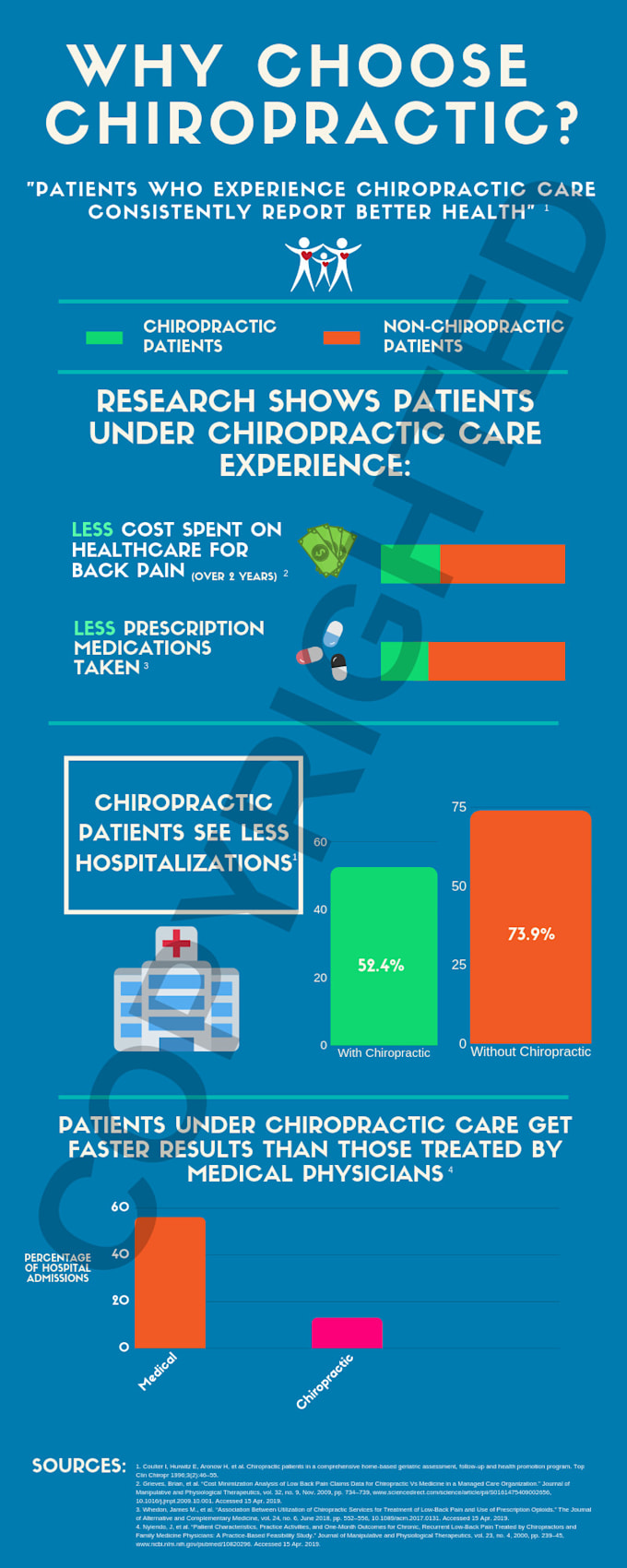Cold Laser Therapy: Recognizing Myths In Contrast To Realities
Cold Laser Therapy: Recognizing Myths In Contrast To Realities
Blog Article
Authored By-Henriksen Udsen
You may have listened to contrasting information concerning cold laser therapy, questioning what holds true and what's not. As you weigh the myths versus the truths, it's vital to different misconceptions from scientific evidence. Comprehending the benefits and potential dangers can help you make informed decisions about including this cutting-edge treatment right into your health care regimen.
Common Misconceptions
Typical mistaken beliefs regarding cold laser therapy can lead to confusion and uncertainty among clients looking for choice treatments. One widespread myth is that cold laser treatment involves using harmful radiation. In reality, cold laser therapy uses low-level laser light that doesn't create warmth or create damage to tissues.
One more misunderstanding is that cold laser treatment hurts, when in fact, it's a non-invasive and pain-free procedure. Some people additionally think that cold laser treatment is just reliable for surface-level concerns, such as skin disease. Nonetheless, research has actually revealed its effectiveness in treating a large range of conditions, including musculoskeletal injuries and chronic discomfort.
Additionally, there's a mistaken belief that cold laser therapy creates instant outcomes after a solitary session. While some individuals might experience relief after one treatment, a collection of sessions is typically recommended for optimum results. By eliminating these misconceptions, patients can make enlightened choices regarding incorporating cold laser therapy into their medical care regimen.
Scientific Proof
Misconceptions regarding cold laser therapy can be resolved by taking a look at the clinical proof sustaining its effectiveness. Numerous studies have actually examined the performance of cold laser treatment in different medical conditions, such as discomfort monitoring, cells repair service, and inflammation reduction. Study has revealed that cold laser treatment can aid increase the healing process by promoting cellular repair and improving blood flow in the targeted location.
In a research released in the journal Pain Research and Monitoring, researchers found that cold laser treatment significantly reduced discomfort levels in patients with persistent neck pain compared to a placebo treatment.
One more research in the Journal of Rheumatology demonstrated the positive results of cold laser therapy in lowering swelling and improving joint feature in individuals with rheumatoid joint inflammation.
Perks and Dangers
What're the potential benefits and dangers related to cold laser treatment?
please click the following internet site uses various benefits such as lowered inflammation, discomfort alleviation, and sped up tissue repair. By promoting cellular feature and blood circulation, it can help in recovery injuries, lowering swelling, and enhancing range of movement. Additionally, this non-invasive treatment is usually fast, pain-free, and requires no downtime, making it a hassle-free option for many individuals.
Nonetheless, like any type of medical procedure, cold laser therapy does feature some risks. While uncommon, possible side effects may consist of light tingling, short-lived skin irritation, or a small rise in pain. It's critical to make sure that the treatment is administered by a certified medical care specialist to minimize any type of unfavorable results and maximize the benefits.
Additionally, joint pain treatment stamford ct may not be suitable for everybody, particularly individuals with certain clinical problems or expectant women, so consulting with a doctor prior to starting treatment is important to establish its suitability for your specific situation.
Final thought
In conclusion, cold laser therapy is a secure and reliable therapy option for bone and joint injuries and persistent discomfort problems, regardless of common false impressions.
infrared body wrap sustains its benefits in decreasing swelling, increasing cells repair service, and enhancing mobile function.
While numerous sessions might be needed for optimum results, the non-invasive nature of cold laser therapy makes it a useful therapeutic option for those seeking discomfort monitoring and healing.
